Results
-
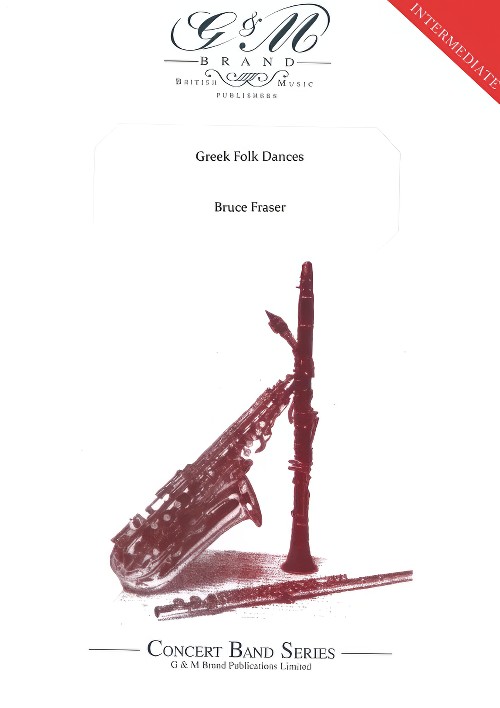 £12.95
£12.95Greek Folk Dances (Concert Band - Score Only) - Fraser, Bruce
Greek Folk Dances captures the excitement of two dance styles the composer encountered while on holiday in the Greek Islands - the Hasapiko and the Syrto. The first is slow and dramatic dance that plods along showcasing the solo clarinet, while the second is a blazing fast fire dance that alternates between 4/4, 3/4 and 7/8.
Estimated dispatch 7-14 working days
-
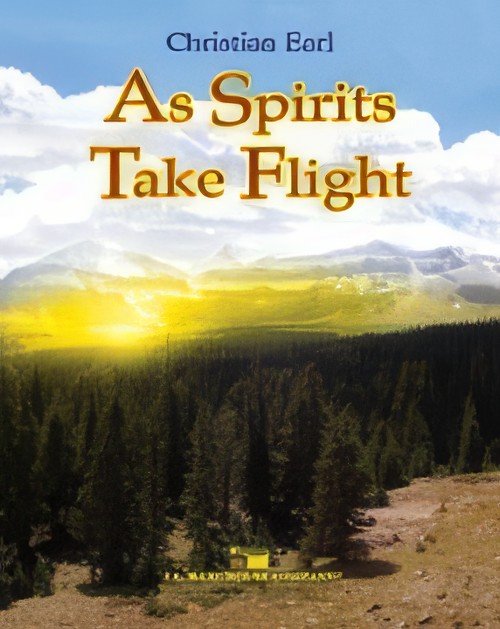 £76.00
£76.00As Spirits Take Flight (Concert Band - Score and Parts) - Earl, Christian
Uplifting and bright, this fine overture was written for the Salt Lake Symphonic Winds. Images of flight are suggested through the composer's use of rhythm and tempo. The middle section has solo lines for trumpet and clarinet and is beautifully scored utilizing the many different colours available to the wind medium. Various cross cueings allow the conductor/director freedom to tailor the piece to fit a particular ensemble. An excellent choice for high school and community bands alike.Duration: 7.30
Estimated dispatch 7-14 working days
-
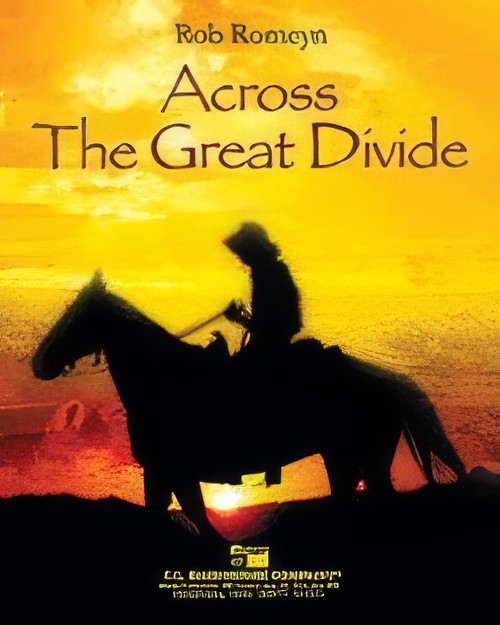 £76.00
£76.00Across the Great Divide (Concert Band - Score and Parts) - Romeyn, Rob
A delightful programmatic work depicting the day in the life of a cowboy in the American northwest. From the glorious mountain sunrise, to the exciting rodeo, and finally to the beautiful sunset, the themes are very memorable and enjoyable. Includes solo opportunities for trumpet, flute and clarinet. Contrasting moods, styles, and engaging themes make this piece a winner. Don't miss this one!!Duration: 7.00
Estimated dispatch 7-14 working days
-
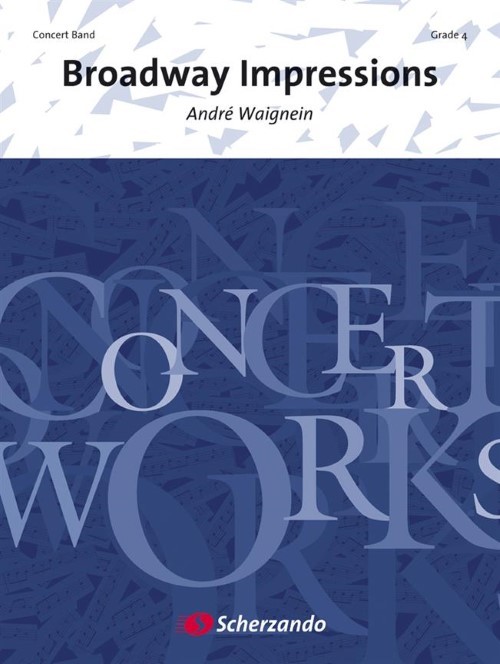 £104.99
£104.99Broadway Impressions (Concert Band - Score and Parts) - Waignein, Andre
In Broadway Impressions, American-oriented music calls the tune. The introduction, which is lively and spectacular, immediately immerses us in the atmosphere of Broadway. All the sections of the band are presented with solo intermezzi for trumpet, clarinet and percussion interrupt the flow of the piece. The work is concluded in a finale that takes us back to the initial theme - this time enhanced more abundantly. A fantastic tribute to the great musical scene that is Broadway and one not to be missed!Duration: 9:45
Estimated dispatch 7-14 working days
-
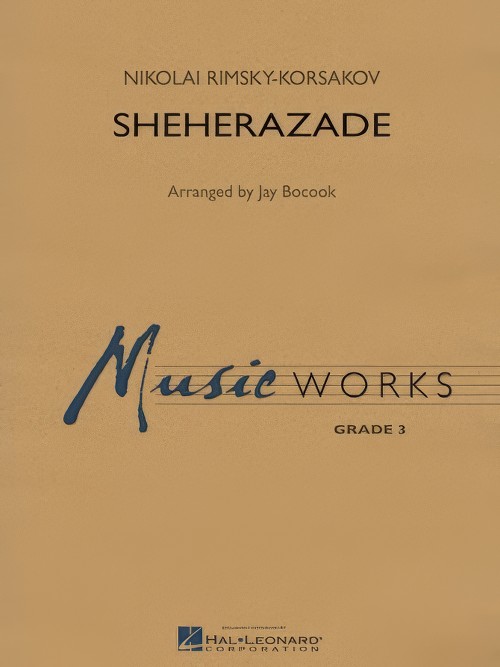 £60.99
£60.99Sheherazade (Concert Band - Score and Parts) - Rimsky-Korsakov, Nikolai - Bocook, Jay
Here is a concise and playable version of the well-known classic by Rimsky-Korsakov. Using themes from The Sea and Sinbad's Ship, Jay Bocook skilfully adapts this work for young players while still maintaining crucial elements from the original orchestration. After the powerful unison opening, the solo cadenza can be performed either by alto sax or clarinet. The remaining allegro section is written in 3/4 and provides featured lines for woodwinds before winding down to the quiet ending.Duration: 3.45
Estimated dispatch 7-14 working days
-
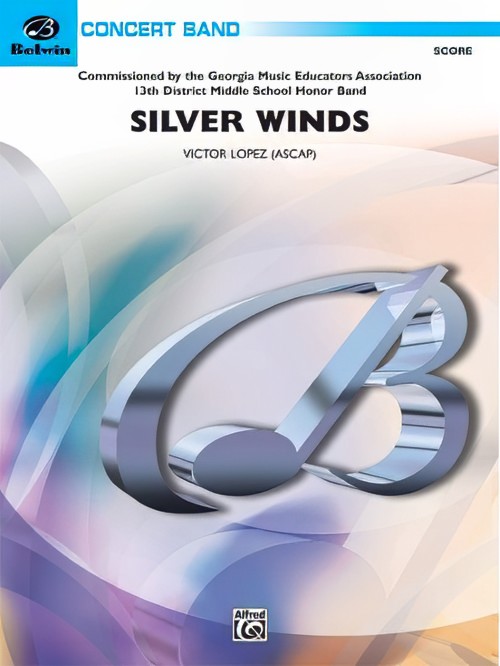 £66.95
£66.95Silver Winds (Concert Band - Score and Parts) - Lopez, Victor
Inspired by the official Command Exhibition Parachute Demonstration Team from Fort Benning, Georgia, your performers and the audience will enjoy this musical journey from the haunting beginning to the dark heroic melody with the ostinato skilfully written in a seamless fashion. Beautiful colour is brought to the melody with the joining of the baritones, flutes, and clarinets. The lyrical section involves a chorale-like clarinet choir accompanying a beautiful oboe solo. The rousing finale brings built upon a driving pulse carried by the low voices as this work races to a close. "Silver Winds" is exciting to conduct and to prepare.Duration 5:00
Estimated dispatch 7-14 working days
-
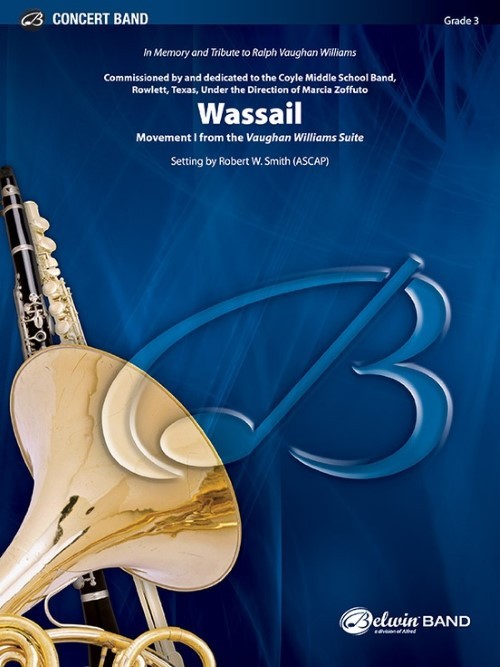 £62.95
£62.95Wassail (Concert Band - Score and Parts) - Smith, Robert W.
Robert W. Smith, in tribute to the great composer, has crafted a setting for the concert band of Wassail Song in the style of Vaughan Williams. Beginning with a lively solo statement of the melody, the clarinet choir introduces the song in its original form. Using Vaughan Williams as the inspiration, the melody is explored and restated in multiple variations using the various timbral colours of the concert band. This publication marks the first movement of Smith's Vaughan Williams Suite.Duration 3:15
Estimated dispatch 7-14 working days
-
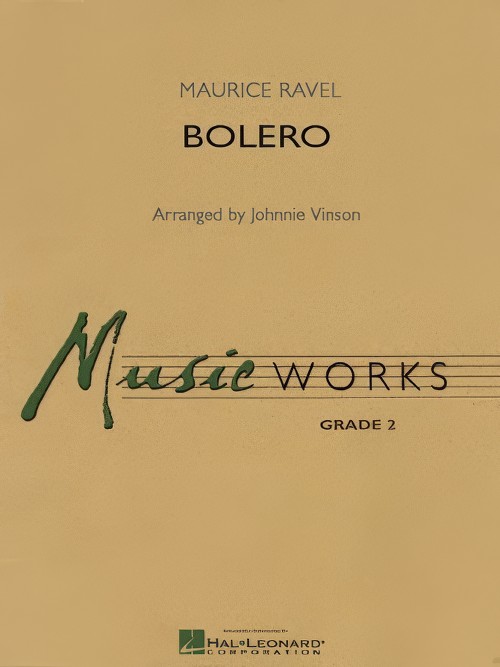 £57.50
£57.50Bolero (Concert Band - Score and Parts) - Ravel, Maurice - Vinson, Johnnie
One of the best-known classical themes ever written, Ravel's familiar melody appears in many movies as well as on the concert stage. Johnnie Vinson's skilful adaptation allows even younger players to enjoy this famous work. Included are short solo (or soli) passages for clarinet, alto sax, flute and trumpet, as well as the signature rhythmic ostinato in the percussion.Duration: 3:20
Estimated dispatch 7-14 working days
-
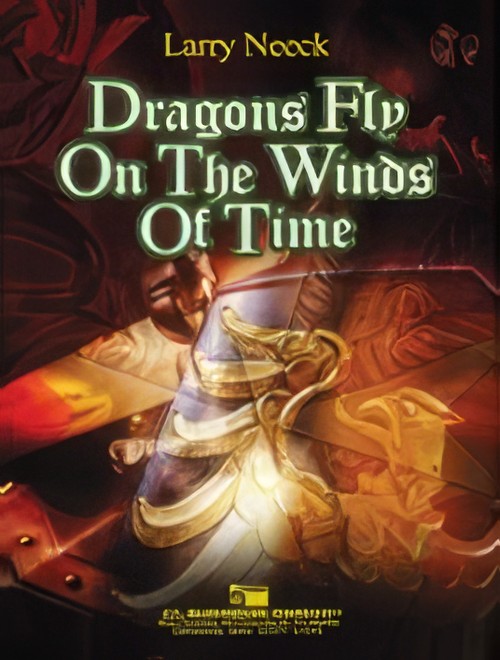 £76.00
£76.00Dragons Fly on the Winds of Time (Concert Band - Score and Parts) - Neeck, Larry
An exciting and impressive composition that portrays an epic struggle in the distant past between the forces of good and evil. A wizard, a beautiful exotic maiden, a battle, and our hero are woven in the fabric of this musical tale. Sprightly melodies, lively rhythms and tasty writing for a whole battalion of percussionists produce an opening section which is full of energy and vitality. The flowing adagio section features a nice oboe solo (cued in clarinet) and a horn section soli (cued in saxes) that really make this piece special. A superior choice for any concert or contest performance. Very highly recommended!Duration: 6.45
Estimated dispatch 7-14 working days
-
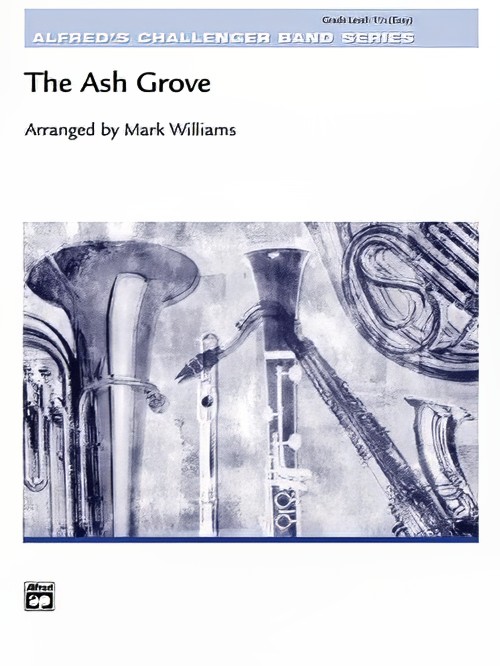 £44.50
£44.50The Ash Grove (Concert Band - Score and Parts) - Williams, Mark
The elegant simplicity of this favorite Welsh folk song shines through in this skillful arrangement by Mark Williams. Filled with solo opportunities for flute, clarinet, oboe, alto sax, horn and baritone (liberally cross-cued), this work provides great opportunities for working on tone, balance and phrasing. A very tasteful addition to your band library. Duration: 2.30
Estimated dispatch 7-14 working days
